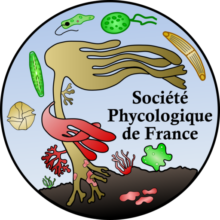Capturing the seaweed: between scientific reality and artistic imagination
Project leader: French Phycological Society
Artistic commissioner: Camille Prunet, ATER Laboratoire de Recherche en Audiovisuel – Savoirs, Praxis et Poïétiques en Art (LARA-SEPPIA), Université de Toulouse Jean Jaurès
Scientific commissioner: Line Le Gall, Lecturer, Muséum national d’Histoire naturelle.
Local coordinator: Justine Dumay, Lecturer, Université de Nantes.
In partnership with:
- Sébastien Colin, Research Engineer, Station biologique de Roscoff
- Wilfried Thomas, photographer, diver, Station biologique de Roscoff
- Cyril Burget, Iris Gallarotti, Lia Giraud, Nicolas Job, Jun Takita, Valérie Valéro : visual artists
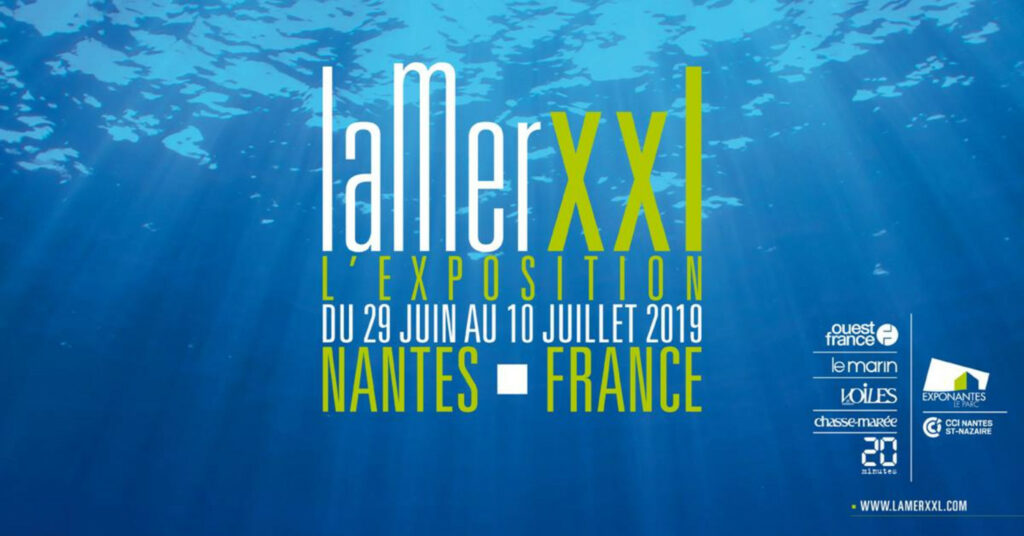
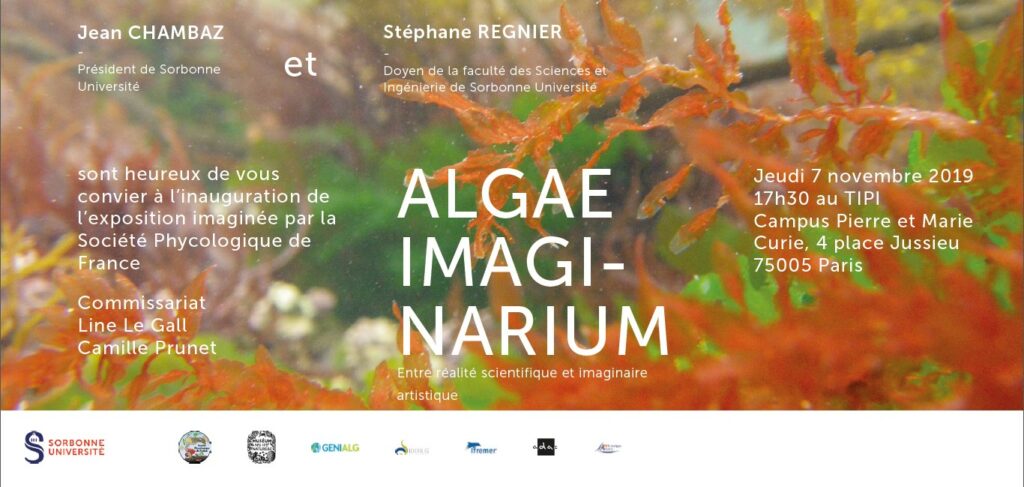
Places and dates of implementation:
- From June 29 to July 10, 2019, exhibition as part of the event La Mer XXL in Nantes
- From November 5 to 29, 2019, exhibition at TIPI, Campus Jussieu, Sorbonne University, in Paris
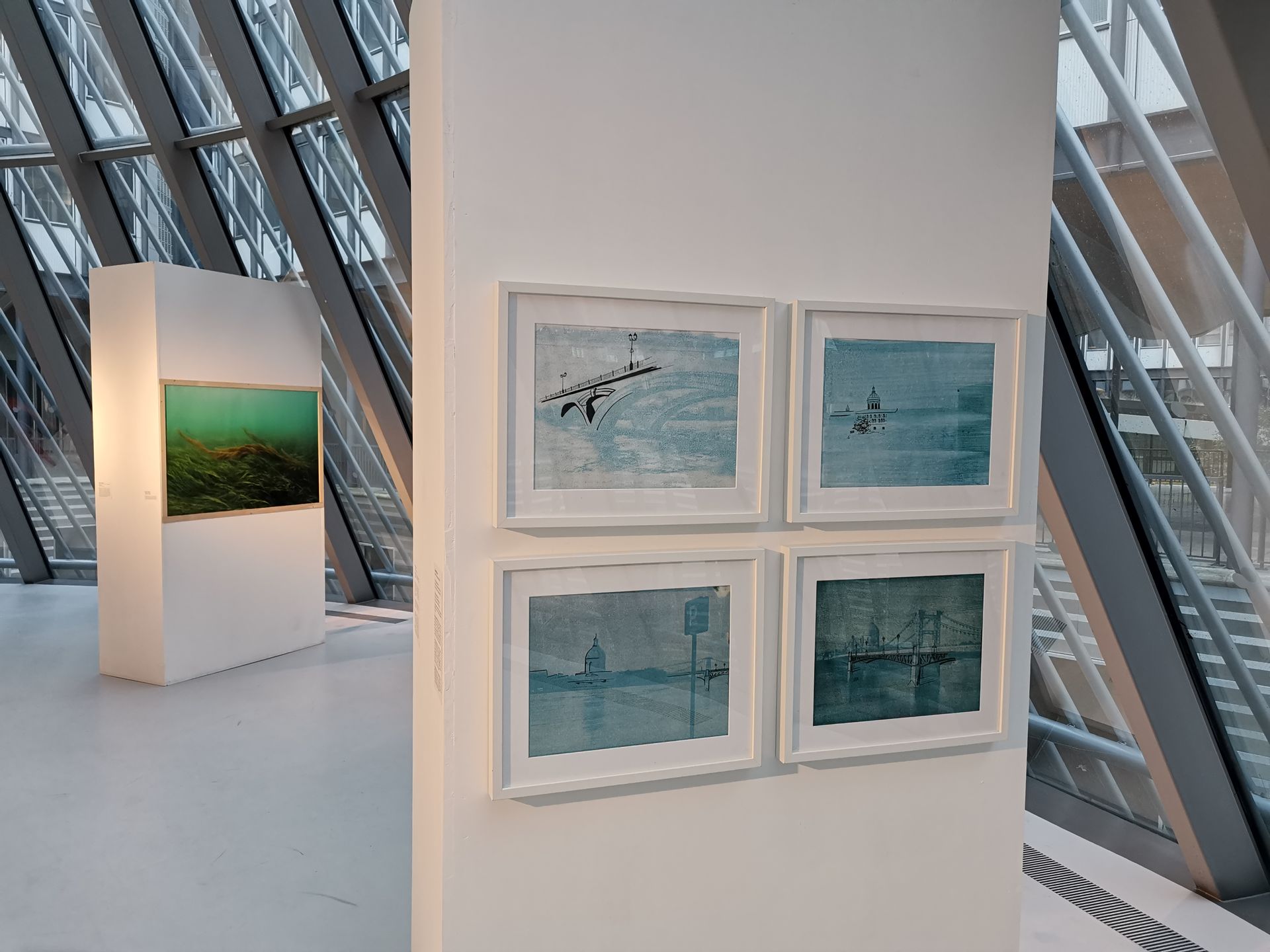
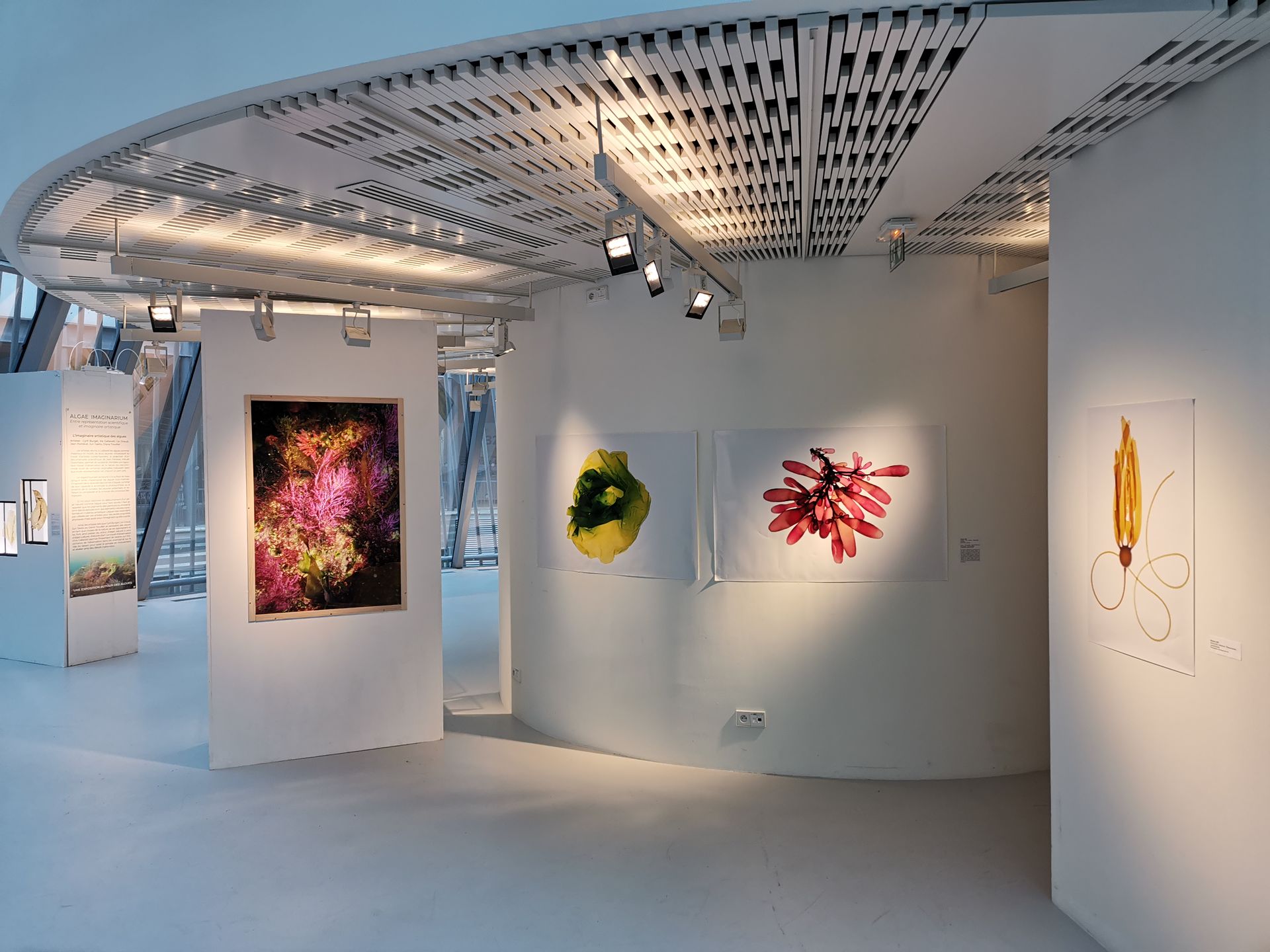
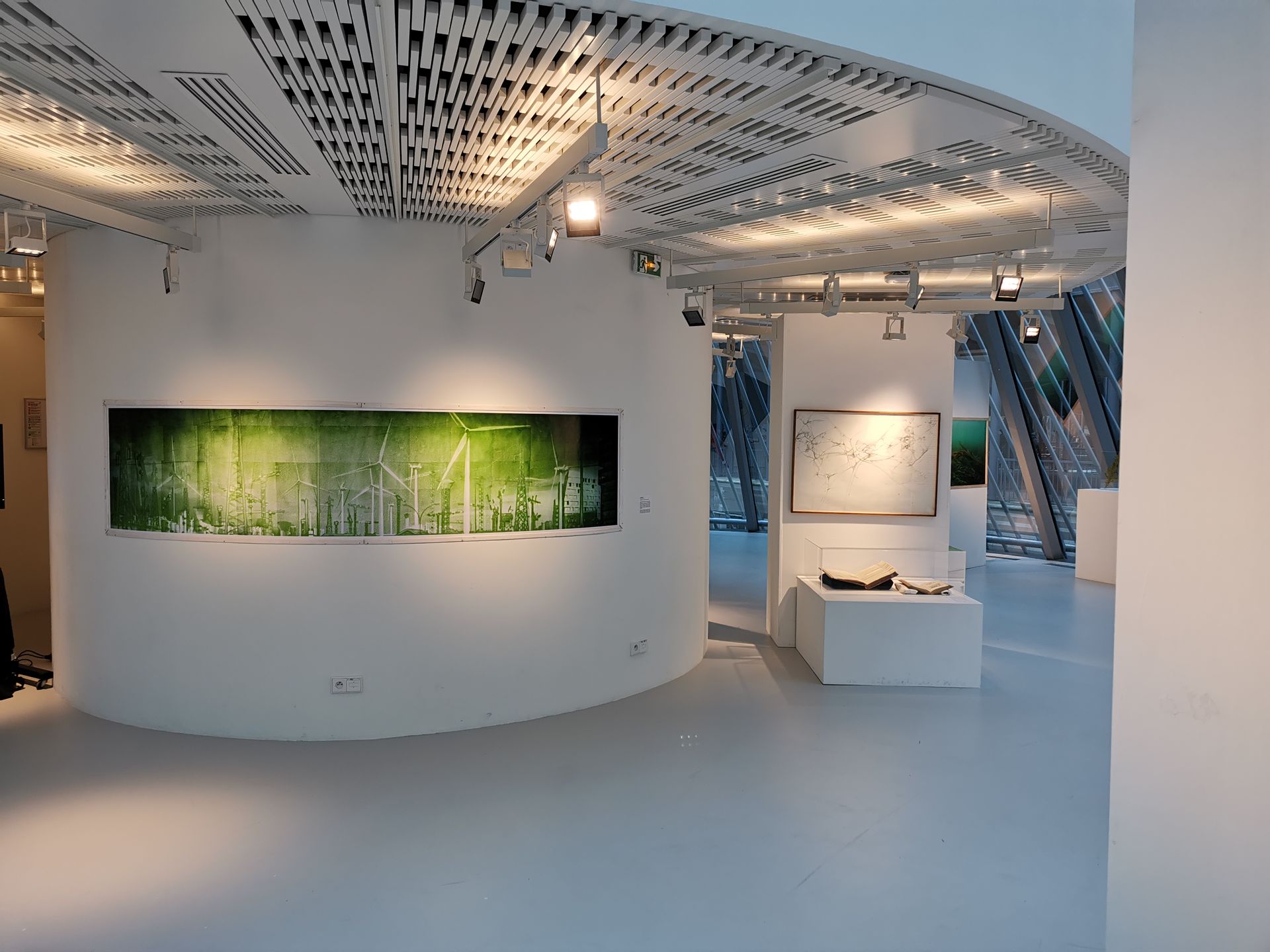
The exhibition “Algae Imaginarium: between scientific reality and artistic imagination” is part of La Mer XXL 2019 in Nantes, an extraordinary event dedicated to the oceans. It aims to discover the extraordinary diversity of marine algae, their fragility and their richness, by combining artistic and scientific approaches. Algae Imaginarium should allow visitors to take a different look at these living organisms and to better understand the interdependent links that our society weaves with nature. Algae remain, in fact, often poorly known and rejected, victims of their reputation as pests, slimy and smelly. They are however more and more appreciated for their nutritional, aesthetic and chemical virtues.
The diversity of their size, from microscopic to macroscopic, reveals the important role of the optical tool in our understanding and representation of algae. The scientific and technical progresses offer today the possibility to observe the underwater landscapes and to capture all their richness. It will show the differences but also the complementarity of the approaches between artists and scientists, and the porosity of the methods and imaginary that circulate between these two fields. As Bruno Latour points out in L’Art de faire science, 2012, “they are the same techniques, the same technicians, the same practices that never stop going from the laboratory to the workshop and that exchange their processes, their inventions, their tricks. From this point of view, there is only one history shared by art and science, let’s say a history of representations in the broadest sense”.
Another part of the exhibition is devoted to the material “algae”. Its multiple forms and colors, as well as its original properties allow artists, such as Lia Giraud or Jun Takita, to develop new modes of creation. Algae have, for example, this formidable capacity to capture the energy of the sun thanks to their colored pigments to produce their own matter. The scientific photographs of Wilfried Thomas or Nicolas Job, or the exploration work on the diversity of plankton carried out by Tara, illustrate this singularity, while supporting the scientific discourse and its necessary objectivity.
Bringing together scientific and artistic works in the same space is an opportunity to present the state of research on marine algae; to question the visitor on the possible connections between arts and sciences; and to reveal to the greatest number of people, all the functions, the subtleties and the delicacy of these plants, often imperceptible under the surface of the water.
